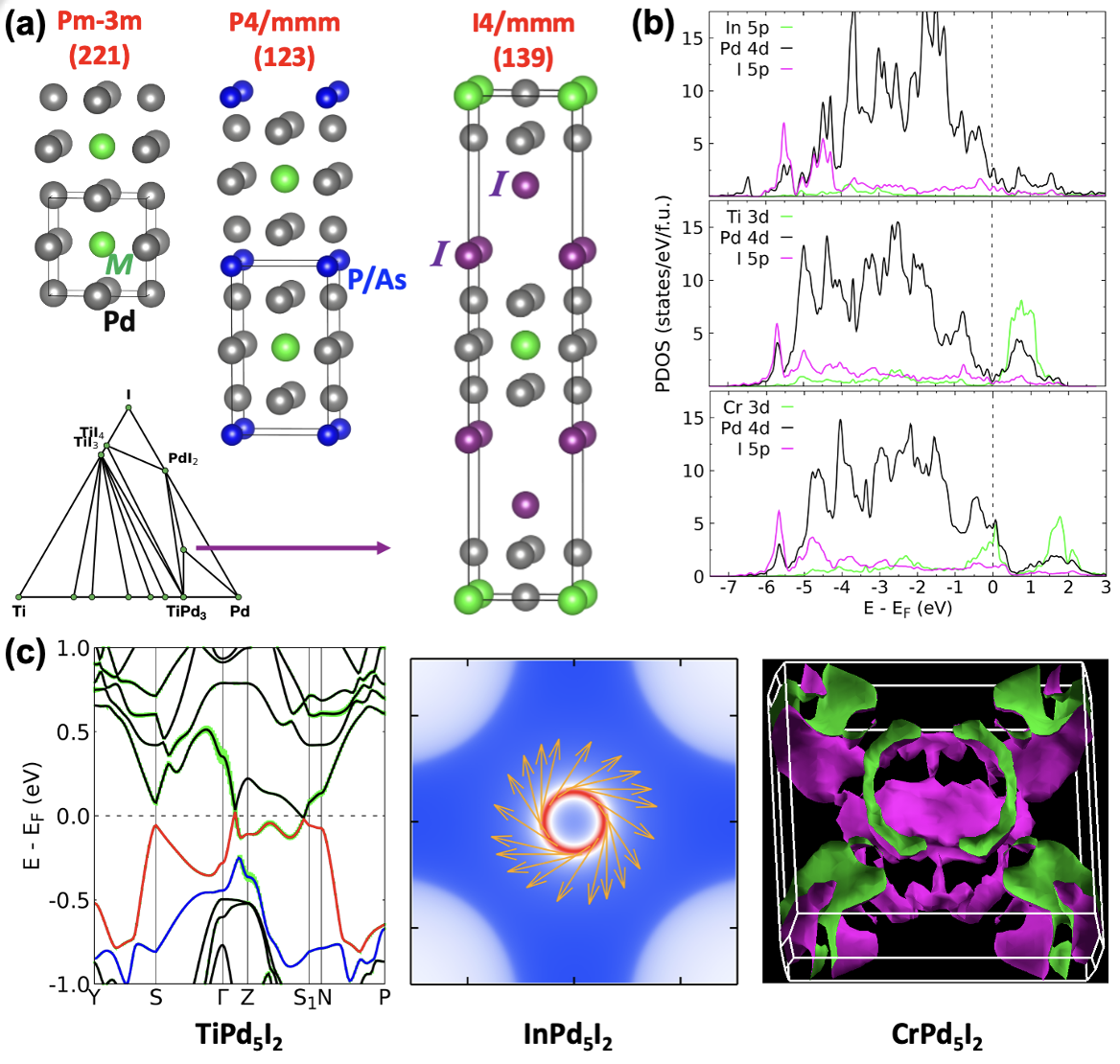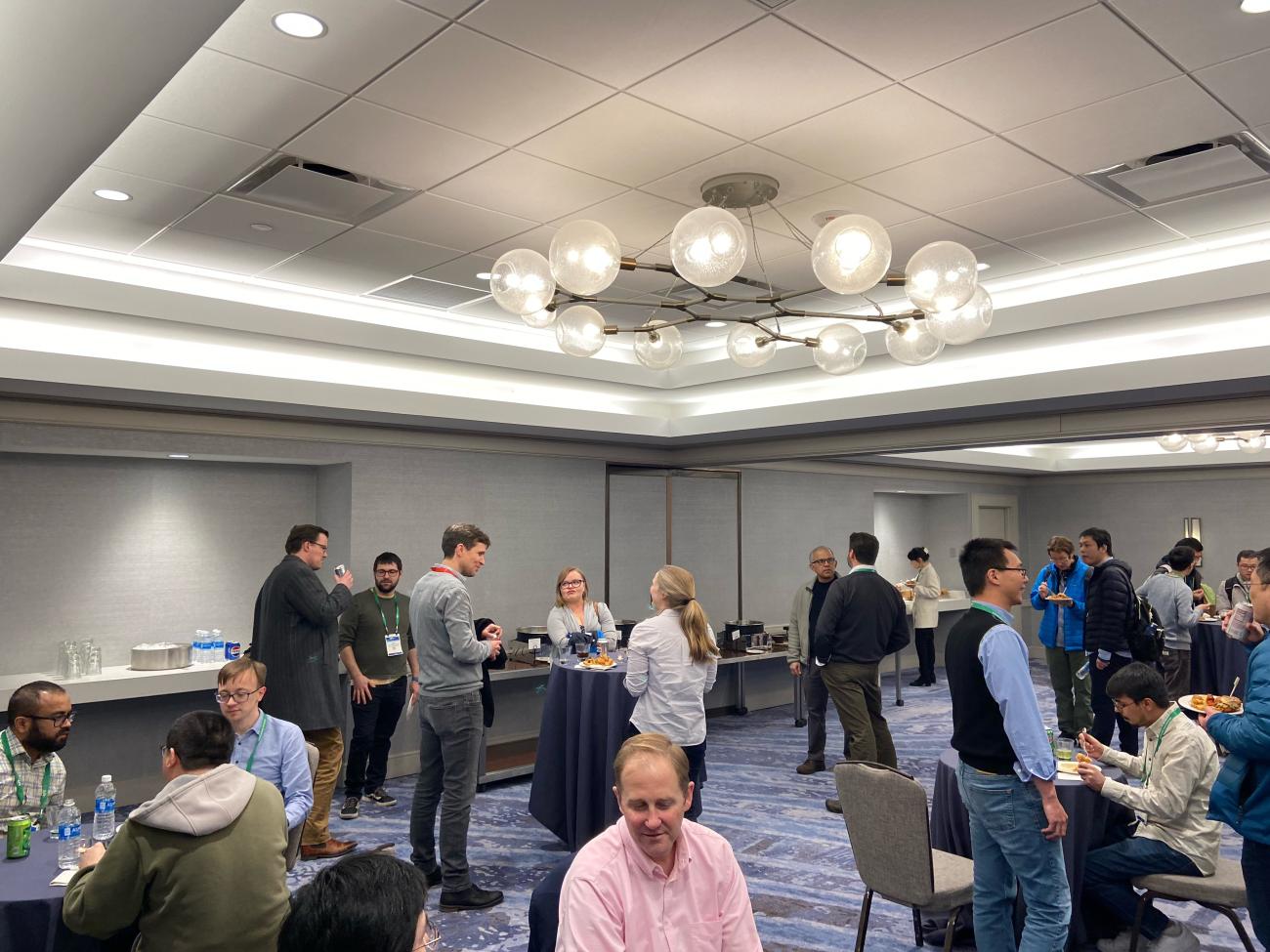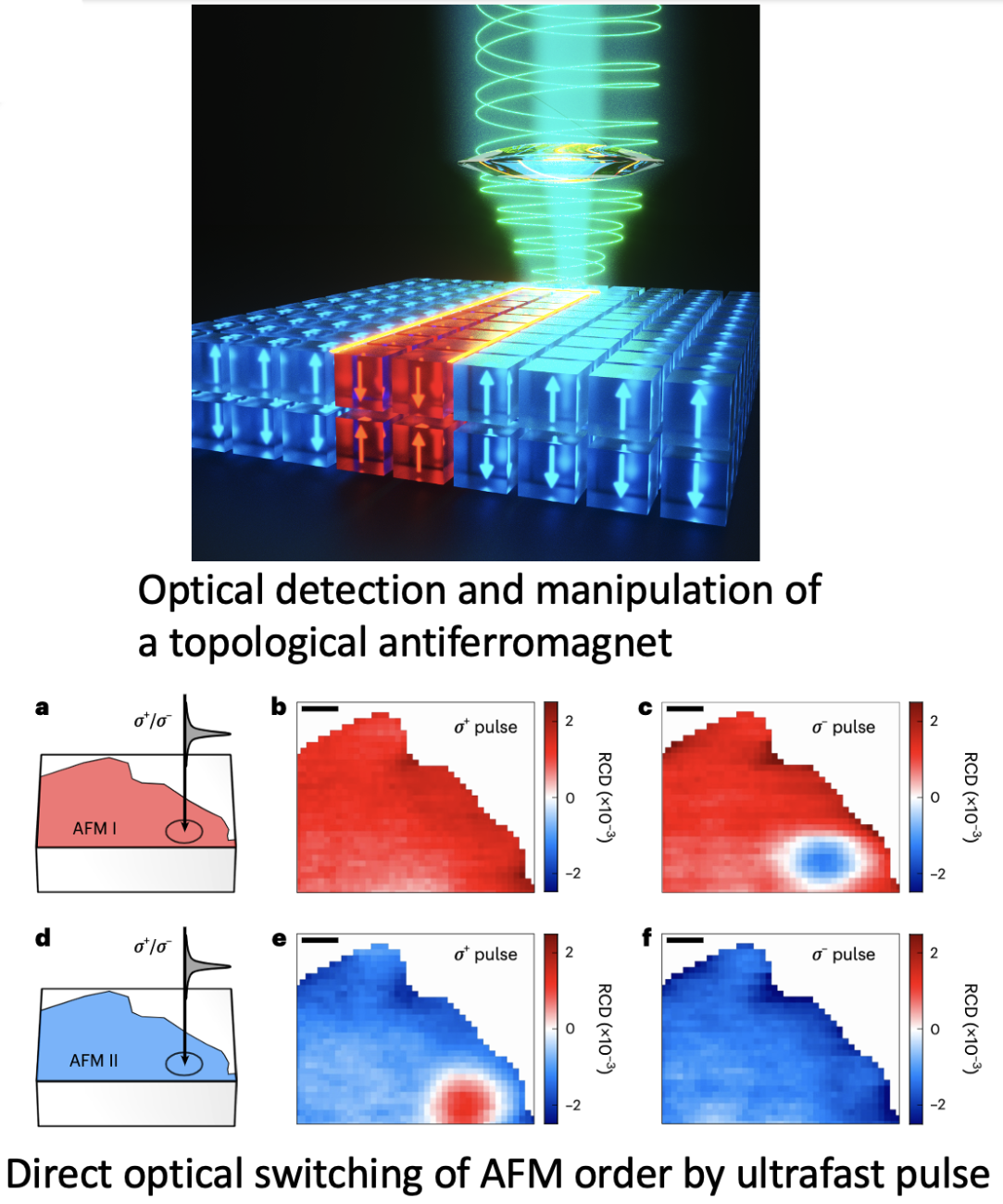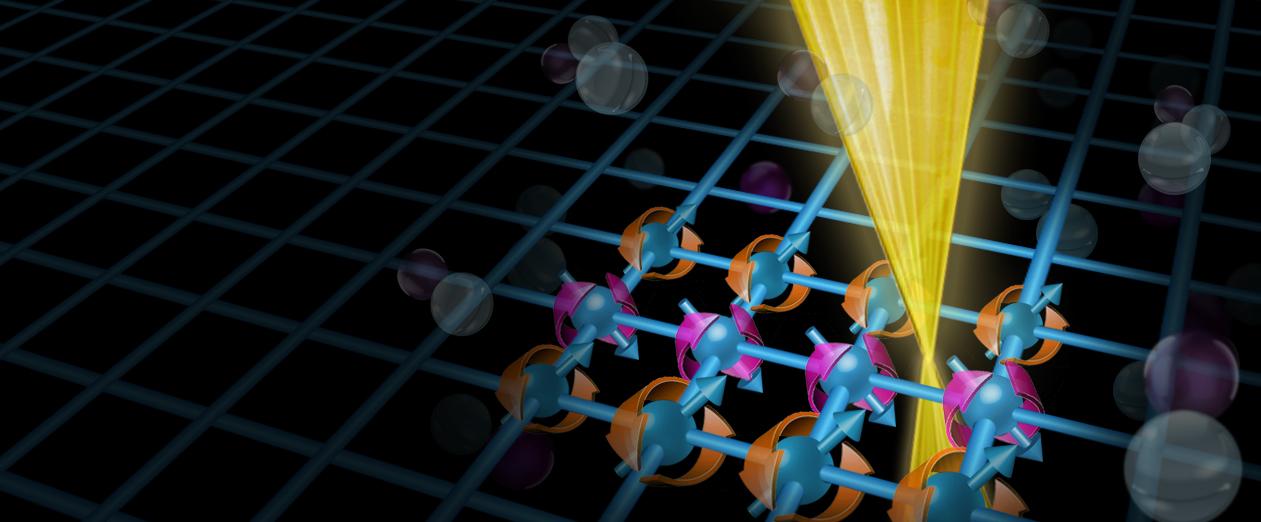Mission:
The mission of the Center for the Advancement of Topological Semimetals (CATS) is to transform how we discover, understand, and harness new topological states of matter through a highly collaborative fundamental research program. Our vision provides the innovation needed to bring the promises of this exciting frontier to fruition.
Goals:
The CATS is motivated by three highly integrated research goals that expand the scientific directions within our overall mission:
Goal 1: Harness the unique properties of symmetry-broken topological materials – Building on our discoveries of novel phenomena that are caused by the coupling of magnetic order and band topology, we seek to significantly expand the frontier of topological materials to encompass distinctive spin and charge symmetry-broken ground states in topological materials.
Goal 2: Discover correlated topological matter – When combined with topological band structures, strong correlations may give rise to entirely new phases and phenomena. While the predictive power of first principles calculations has accelerated the discovery of weakly-correlated topological matter, strongly-correlated topological materials still present substantial challenges. The CATS’ multidisciplinary approach is excellently suited for theoretical and experimental discovery of strongly-correlated topological materials.
Goal 3: Control and manipulate the extraordinary responses of topological matter – Successfully adopting topological matter into future technologies will rely on our ability to control their phenomena. This goal is challenging and advancing our scientific understanding of topological matter. The CATS aims to develop unique control parameters available via ultra-high-quality single crystals, thin films, and van der Waals (vdW) assemblies. With these materials, researchers can utilize confinement, twist, pressure, strain, and coherent light to control symmetry and topology. This approach is aided by the development of theoretical methods to predict novel linear and nonlinear responses based on quantum band geometry.
Thrusts:
Thrust 1: We aim to accelerate the discovery of materials with room temperature topological phenomena and tunable magnetic, correlated, and topological states. The high-impact target is the realization of strongly correlated topological magnetism, a scientific theme with unified engagement across the CATS. In this regard, the main technical Objectives of Thrust 1 are:
(i) Design and discovery of new families of magnetic topological materials.
(ii) Understanding the role of complex magnetism in topological materials.
(iii) Control of topological states using magnetic fields and strain.
Thrust 2: We envision elevating the unique quantum phenomena of topological thin films to the level of “topotronics”, thus providing real control over materials. Researchers can use these films in future electronic, spintronic, photonic and quantum information technologies. We rely on systematic tuning of heterostructures via strain, interfacial proximity effects, and electric fields to discover novel ground states and advance our understanding of these materials beyond what is possible with bulk materials. Specific research Objectives of Thrust 2 include:
(i) Control of topological electronic features via magnetism, electric fields, and non-uniform order parameters.
(ii) Tunable 2D topological bands in magnetic kagome lattices for realization of novel ground states.
(iii) Exploration of Dirac and Weyl fermion “optics."
Thrust 3: We aim to realize new magnetic topological phases of matter using vdW design principles. We employ electrostatic gating, heterostructure assembly, and moiré superlattice generation, which make it possible to control the chemical potential, spatial symmetry, atomic registry, and electronic correlations. We will expand the pool of vdW materials to include axion, multiferroic, and flat-band systems, and target topological phases that require stringent and rarely achieved conditions where topology, magnetism, symmetry-breaking, and correlations coexist and compete. The research Objectives of Thrust 3 include:
(i) Observe novel PT-symmetric axion electrodynamics, particularly the topological quantized magnetoelectric effect.
(ii) Realize topological multiferroics with unconventional nonlinear responses.
(iii) Discover magnetic moiré lattices hosting skyrmions or fractional magnetic topological states.
News & Highlights
Axion quasiparticles detected in a collaboration including Ames National Laboratory and Harvard University
 Research Highlight
Research Highlight
Prediction of a new 2D topological material MPd5I2
Reemergence of the Quantum Spin Hall Insulator State in TaIrTe4
 In the News
In the News
CATS group engaged in exciting collaboration and networking at the APS March Meeting
 Research Highlight
Research Highlight

